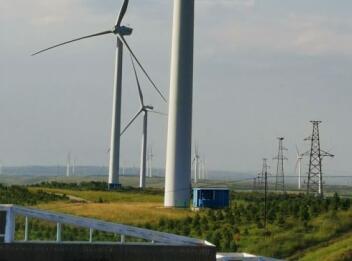Discussion on Backlight Technology and Contrast Ratio in Televisions
Introduction:
Backlight technology and contrast ratio are two essential factors that significantly impact the visual quality and viewing experience of a television. In this article, we will delve into the details of backlight technology and contrast ratio and their significance in televisions.
Backlight Technology:
Backlight technology refers to the method used to illuminate the pixels on the television screen. There are two main types of backlight technology used in televisions:
CCFL (Cold Cathode Fluorescent Lamp): CCFL backlighting was commonly used in older televisions. It consists of fluorescent tubes that emit light across the screen. CCFL backlights provide uniform brightness but may result in less accurate color reproduction and lower energy efficiency compared to newer technologies.
LED (Light-Emitting Diode): LED backlighting has become the industry standard in modern televisions. LED backlights use an array of light-emitting diodes to illuminate the pixels. LED backlighting offers better color accuracy, higher energy efficiency, and the ability to dynamically adjust brightness levels for improved contrast and picture quality.
Contrast Ratio:
Contrast ratio refers to the difference between the brightest and darkest parts of an image. It determines the level of detail and depth in the displayed content. The higher the contrast ratio, the greater the range between the brightest whites and the darkest blacks, resulting in a more vibrant and immersive viewing experience. There are two types of contrast ratio commonly mentioned in televisions:
Static Contrast Ratio: Static contrast ratio measures the difference between the brightest and darkest parts of an image simultaneously. A higher static contrast ratio indicates a greater capability to display details in both bright and dark scenes.
Dynamic Contrast Ratio: Dynamic contrast ratio measures the difference between the brightest and darkest parts of an image dynamically, depending on the content being displayed. This ratio can vary depending on the scene, as the television adjusts the backlight intensity to optimize contrast. A higher dynamic contrast ratio can enhance the perceived depth and detail in specific scenes.
Importance of Backlight Technology and Contrast Ratio:
Backlight technology and contrast ratio significantly impact the overall visual quality of a television. LED backlighting provides better color accuracy, energy efficiency, and dynamic adjustment for improved contrast and picture quality. A higher contrast ratio ensures better differentiation between light and dark areas, resulting in sharper details and a more immersive experience.
Conclusion:
Backlight technology and contrast ratio are crucial factors to consider when choosing a television. LED backlighting offers superior color accuracy and energy efficiency compared to CCFL backlighting. A higher contrast ratio enhances the level of detail and depth in the displayed content, providing a more vibrant and immersive viewing experience. Understanding the impact of backlight technology and contrast ratio can help consumers make informed decisions and select televisions that best suit their visual preferences and viewing needs.
